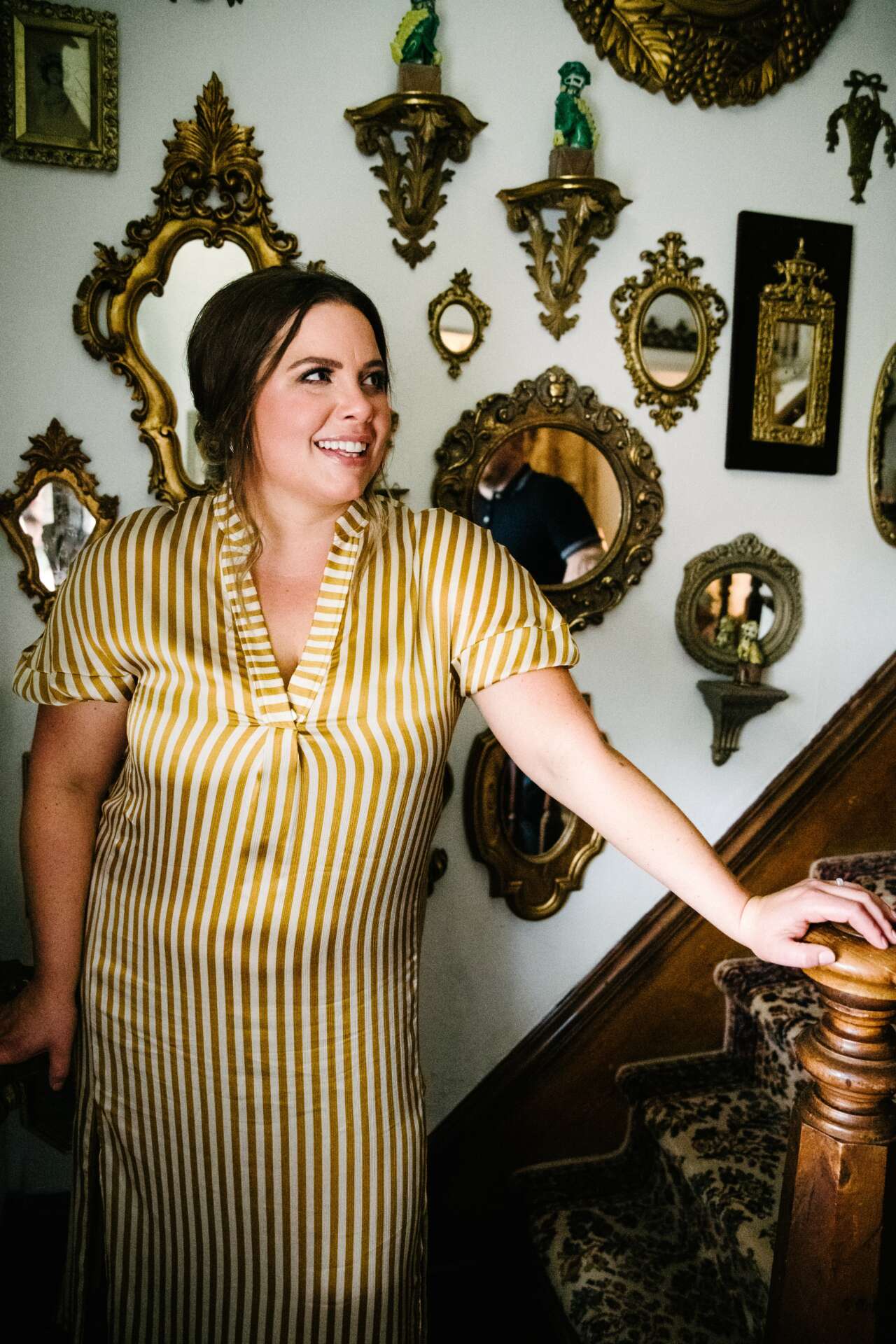We recently connected with Morgan Hatch and have shared our conversation below.
Morgan, thanks for joining us, excited to have you contributing your stories and insights. Almost all entrepreneurs have had to decide whether to start now or later? There are always pros and cons for waiting and so we’d love to hear what you think about your decision in retrospect. If you could go back in time, would you have started your business sooner, later or at the exact time you started?
If I could go back in time, I would have told my younger self to have the confidence to monetize my creative talents sooner. As a stay-at-home mom, I’ve endured many moves, some across the country, to support my husband’s career. This meant learning how to make a new house into a home. There’s something truly special about the way that interior design can take an unfamiliar space and transform it into a home that feels like it’s been yours all along. Moving seven times, during our 12-year marriage, also taught me how to stage a home for sale (along with the help of many relators). The experience of living in a diverse number of spaces and optimizing them for family life combined with my degree in Art History, set in motion the momentum I needed to eventually start my own interior design business.
I started dipping my toe into the field of interior design when we moved back to Arizona in 2020, right at the beginning of the pandemic. I was obsessed with adding character to my builder-grade home that we bought sight unseen, due to yet another unexpected job change for my husband. I found myself with more time than ever to hone my design skills, supported by a love for hunting second-hand treasures. I was also incredibly fortunate to shadow my aunt who had built a career in interior design following a similar trajectory from a young professional, to a stay-at-home mom, and ultimately building her own business. The inspiration of the women that have gone before you in your field illuminates a path forward that may have been previously obscured by your lack of confidence.
Like many others living in a post-Covid world, the pandemic forced me to adapt to unprecedented circumstances. It gave me the courage to take risks and pursue creative endeavors I may not have otherwise considered.
In retrospect, I can see that I had been holding myself back by using the fog of new motherhood and constant transition as a crutch. I had doubts about my skills and experience, and I was afraid of taking the risk of starting a business. But once I I was afforded the clarity that only a worldwide pandemic can provide coupled with the mentorship of a family member in the industry, I discovered I had a lot to offer and a real demand for my services.
Starting my own business has been both a challenging and incredibly rewarding opportunity to carve out my new identity as a creative professional. It has also given me the gift of the flexibility to balance my work with my responsibilities as a mom.
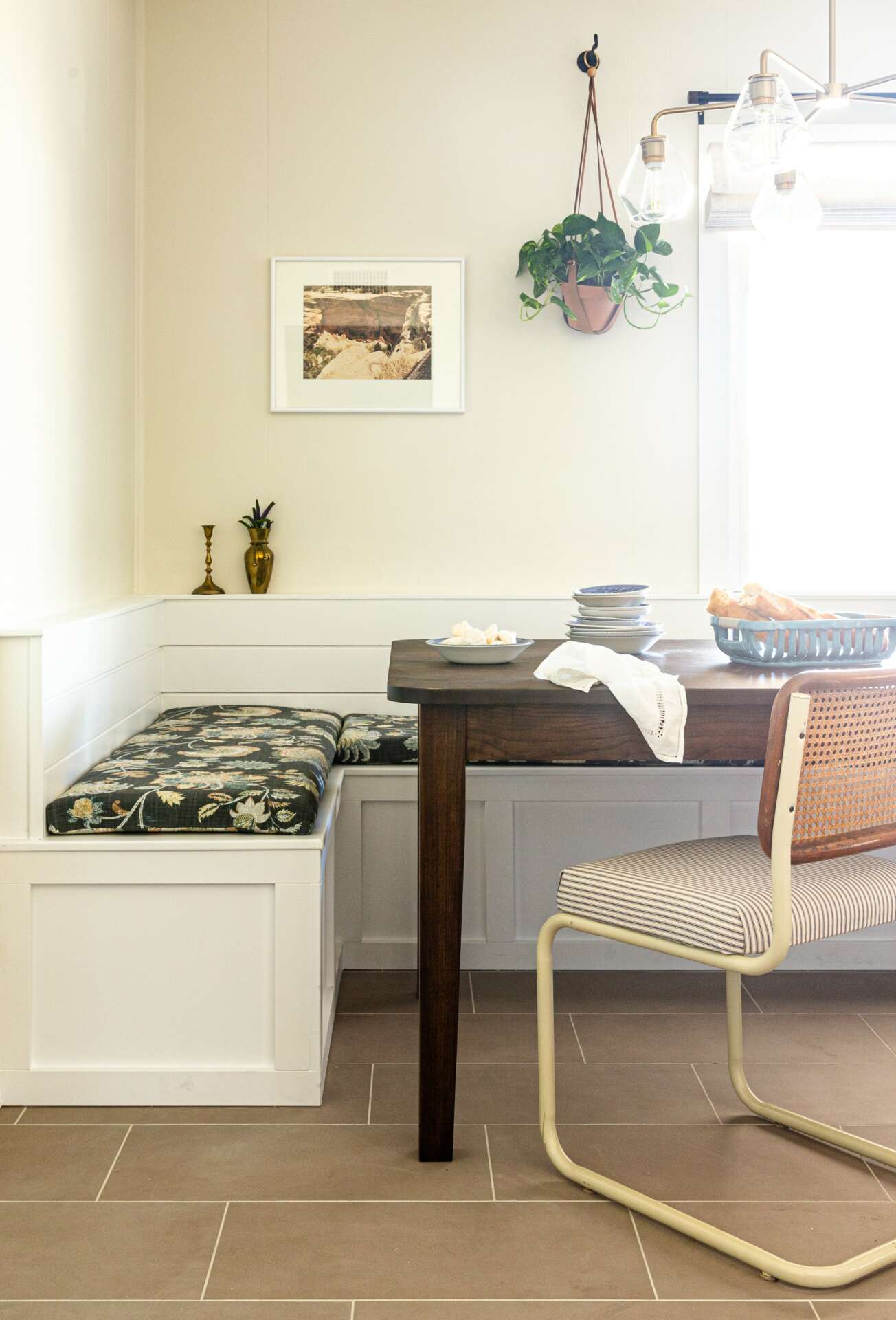
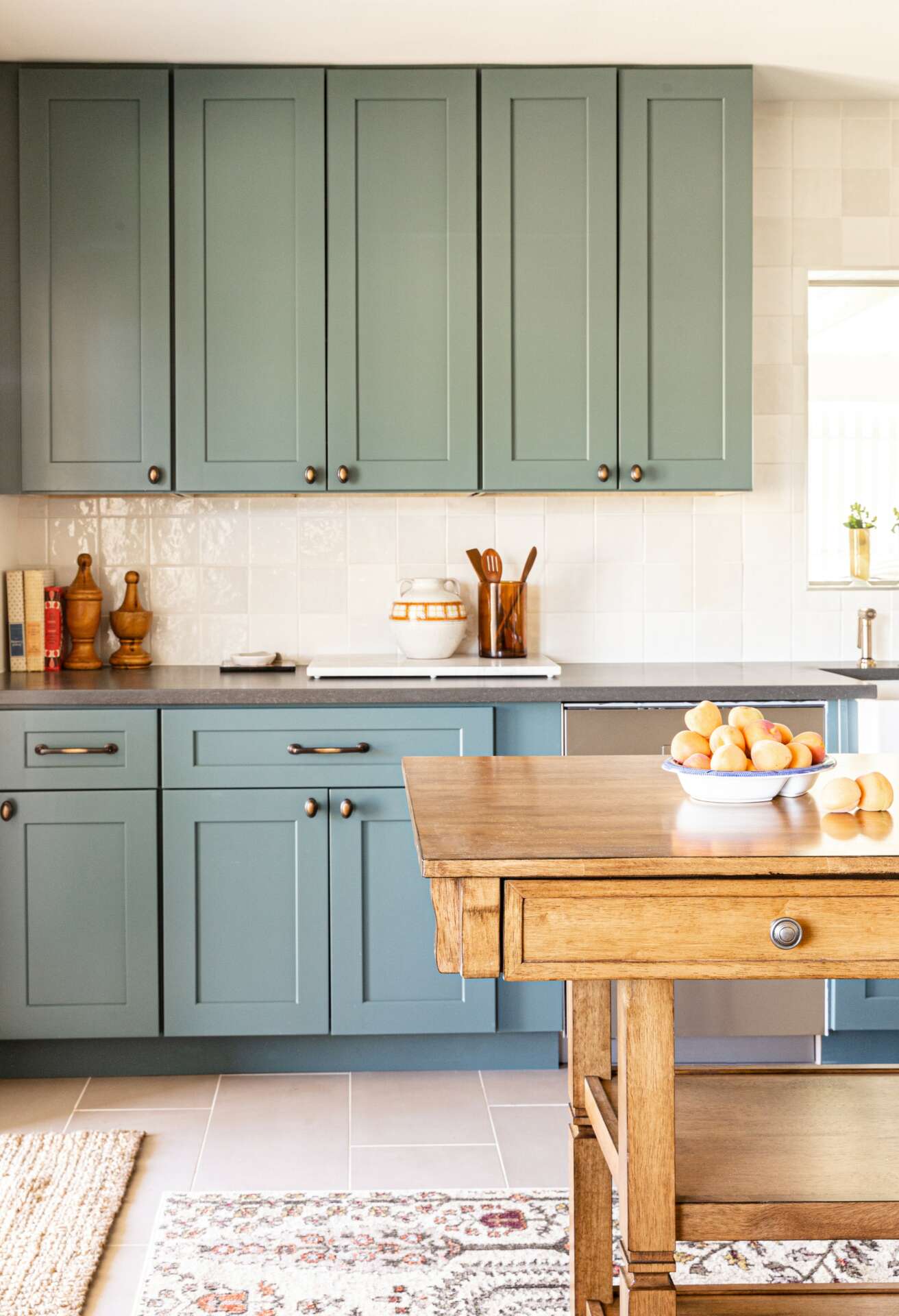
Morgan, love having you share your insights with us. Before we ask you more questions, maybe you can take a moment to introduce yourself to our readers who might have missed our earlier conversations?
I was drawn into the world of interior design by the clarity provided by the Covid Pandemic, my study of Art History in college, and my love for the world of antiques. As a child, I was encouraged to explore historical spaces by my parents who loved a tour of historic homes and hiking through ancient places. Our homes were always decorated with old and new things, cultivating an appreciation for timeless design.
This passion for objects and places with a past evolved into a hobby and eventually a career. What sets me apart from the trap of trend-chasing in interior design is my focus on collecting, restoring, and incorporating second-hand pieces into home décor.
I offer many interior solutions for my clients; I have the ability to scale my services from single-room refreshes all the way to full-scale, whole-home renovations. Most projects begin with a digital component. That can include a mood board, to be sure we are united with our concept, to overhead layouts with selections to scale. I take pride in being able to source room finishings, for my clients, that meet the standards of design, quality, and price point.
The ability to provide digital content from my clients allows them unlimited access to my ideas and the freedom to execute them, with my guidance, according to their timelines from anywhere in the world.
I am most proud of my relationships with my contractor and vendors. By working closely with vendors, my contractor, and their trades, interior designers gain a deeper understanding of the products they are using. They are the unsung heroes of these creative projects; they allow me to take a concept and bring its beauty to life. It is a symbiotic relationship that is made mutually beneficial by our ability to trust each other: the integrity of the designer’s idea and the contractor’s ability to execute. I can then deliver beautiful interiors to my clients with an efficiency and professional execution that would be difficult for them to achieve on their own.
As an interior design brand, I want people to know that incorporating second-hand and antique pieces with new design elements can create a unique and sustainable approach to home décor. By blending the old with the new, we can create a cohesive and timeless aesthetic that tells a story about the homeowner’s individual style.
This approach to design can also be more environmentally friendly, as it reduces the need for new products and encourages the repurposing of existing goods. Antiques were built to last; older items were made with a focus on durability, rather than simply being disposable or trendy.
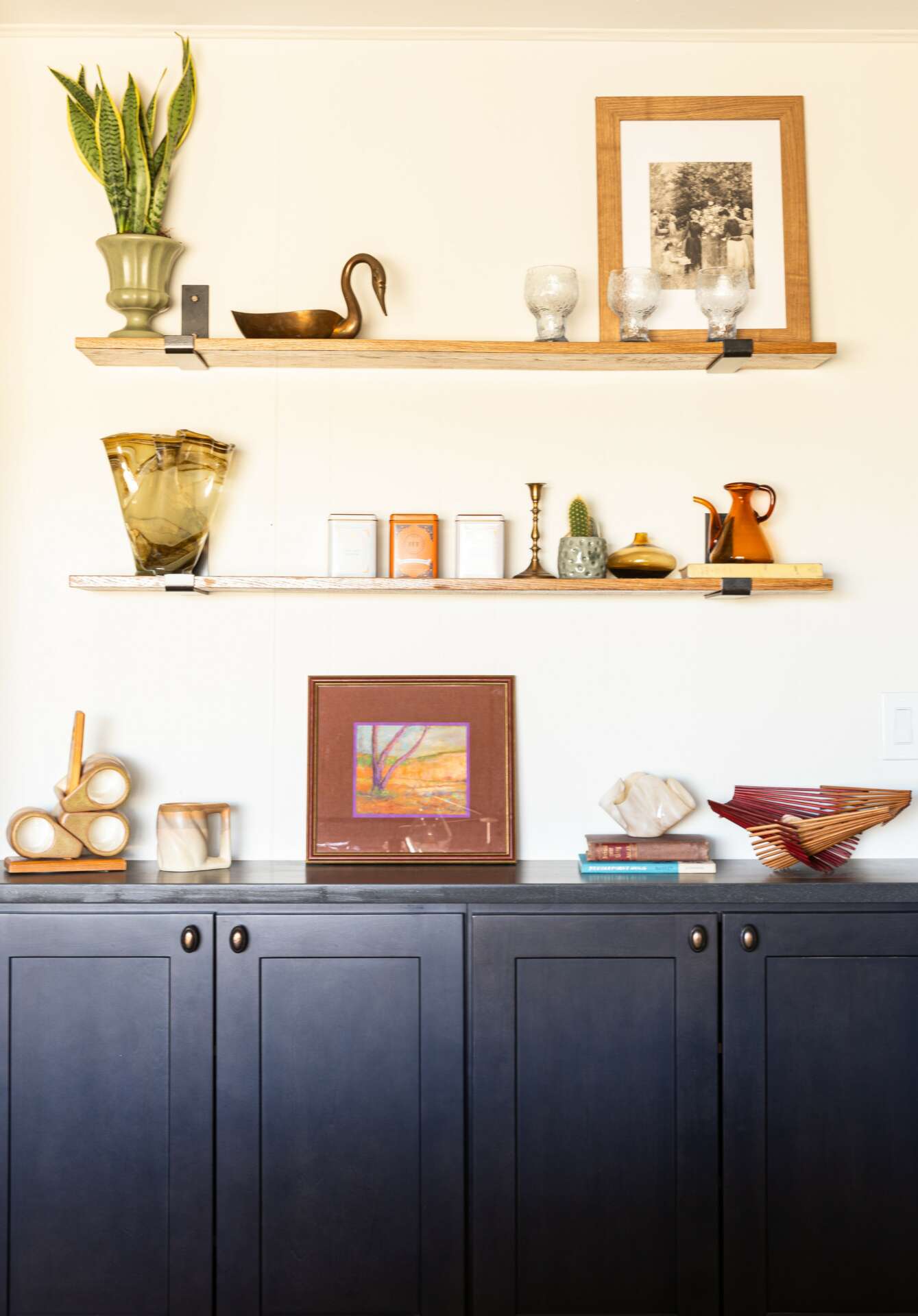
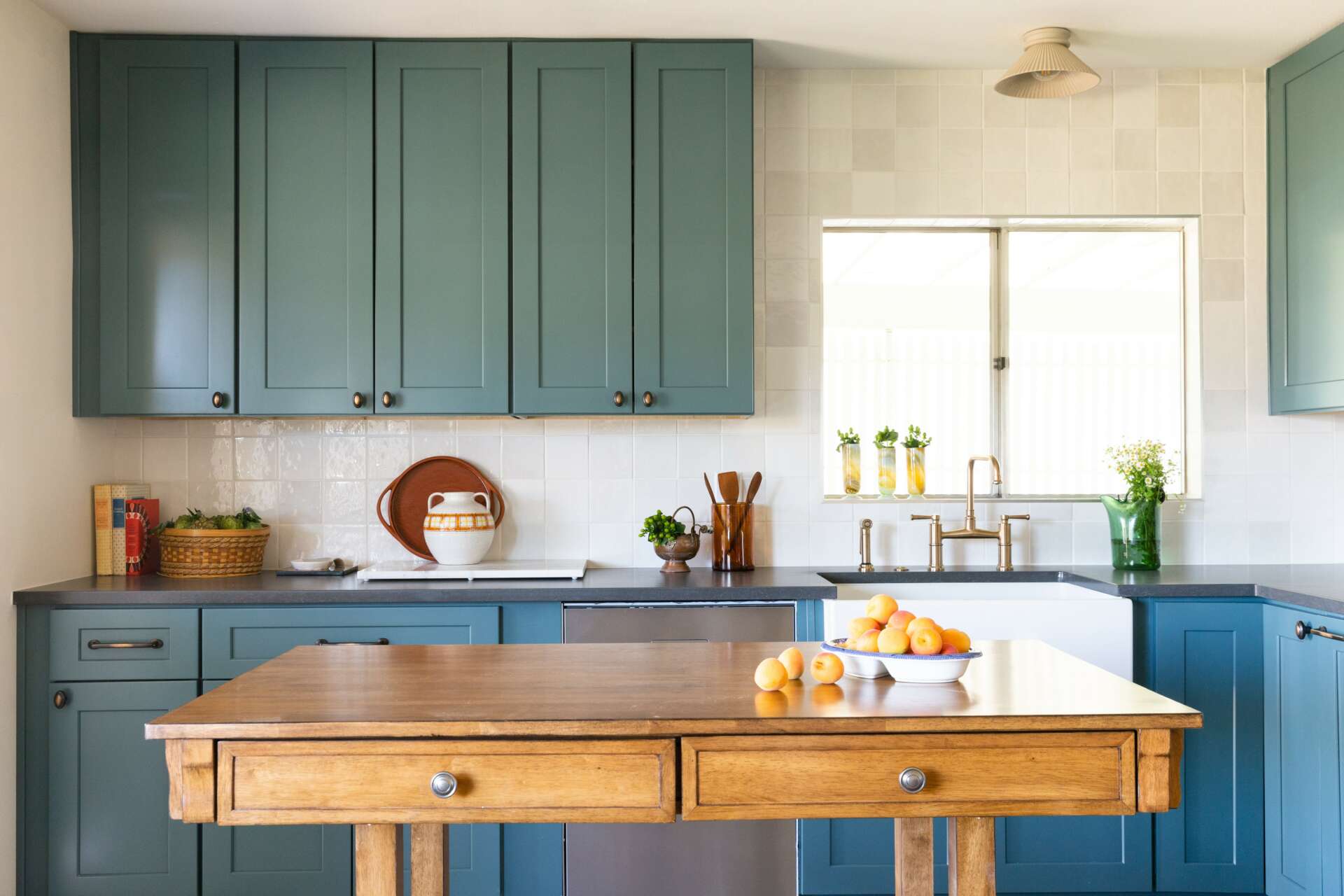
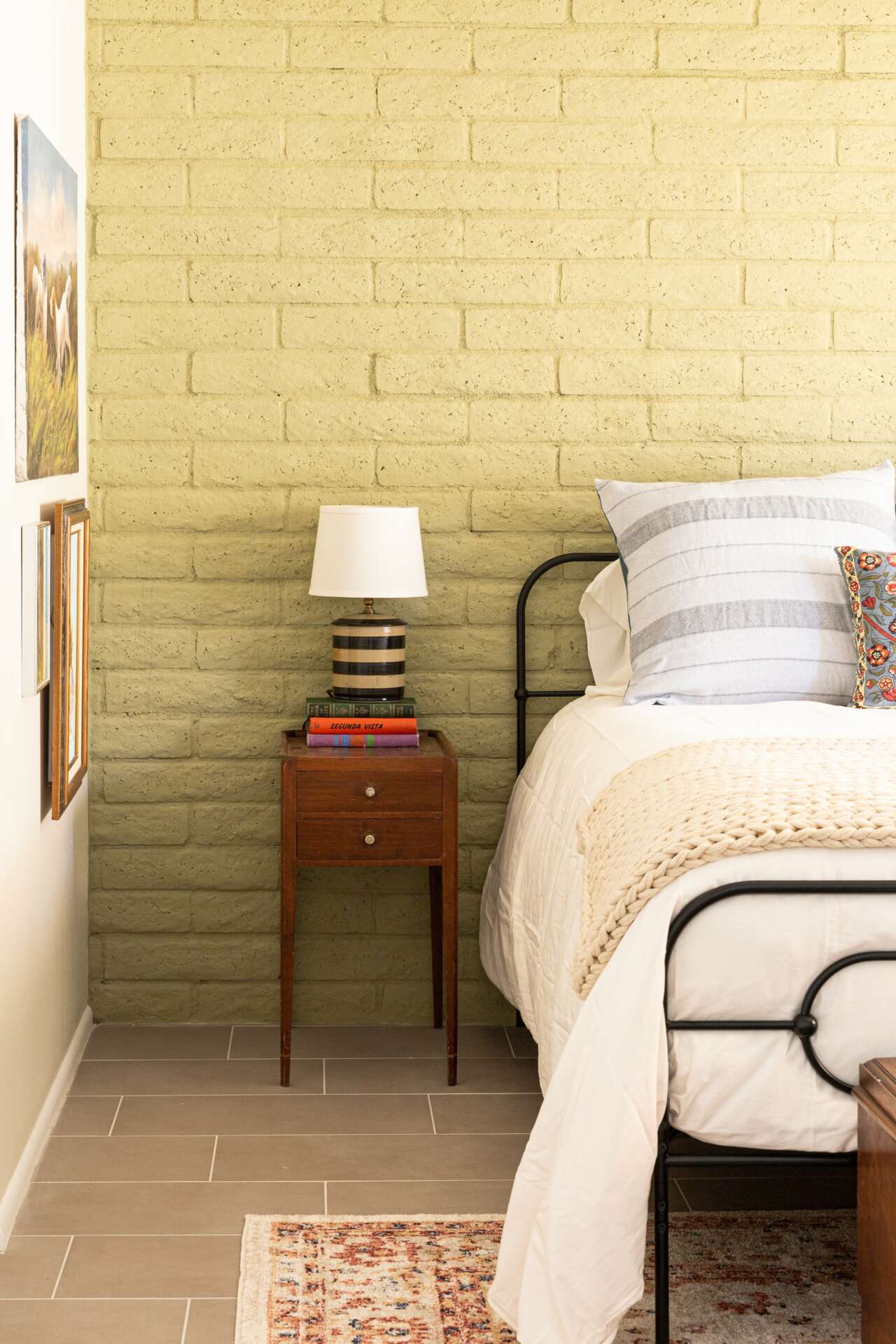
Learning and unlearning are both critical parts of growth – can you share a story of a time when you had to unlearn a lesson?
I had to unlearn the moray that paying for higher education would be the best pathway towards a career that I love. I think I benefit immensely from the privilege of holding a college degree, however, I did not choose then to specialize in the field in which I would eventually end up. I struggle often to repress feelings of Imposter Syndrome and the false belief that an official degree would fully legitimize my presence in the interior design space.
Building an education from experience working in the field has a value that is different and at times more meaningful than what I could glean from an institution. I think that apprenticeships and mentorships are vital to creative work environments. These connections have been made in a myriad of the relationships I’ve built along the way, with friends, family, other designers, product liaisons, trade workers, and showroom employees.
In connection with this lesson in the value of an education earned outside a classroom, I’ve had to unlearn that lasting success in a career must be built at a young age. The pressure I felt to be on an upward career trajectory before the old age of 30 is a false narrative that left me feeling like it was too late for me to pursue a dream.
I have unending respect, admiration, and envy for individuals who are able to target their ultimate career path from a young age and bring those goals to fruition. My intention is to bring encouragement to those creatives that find themselves on a more serpentine route.
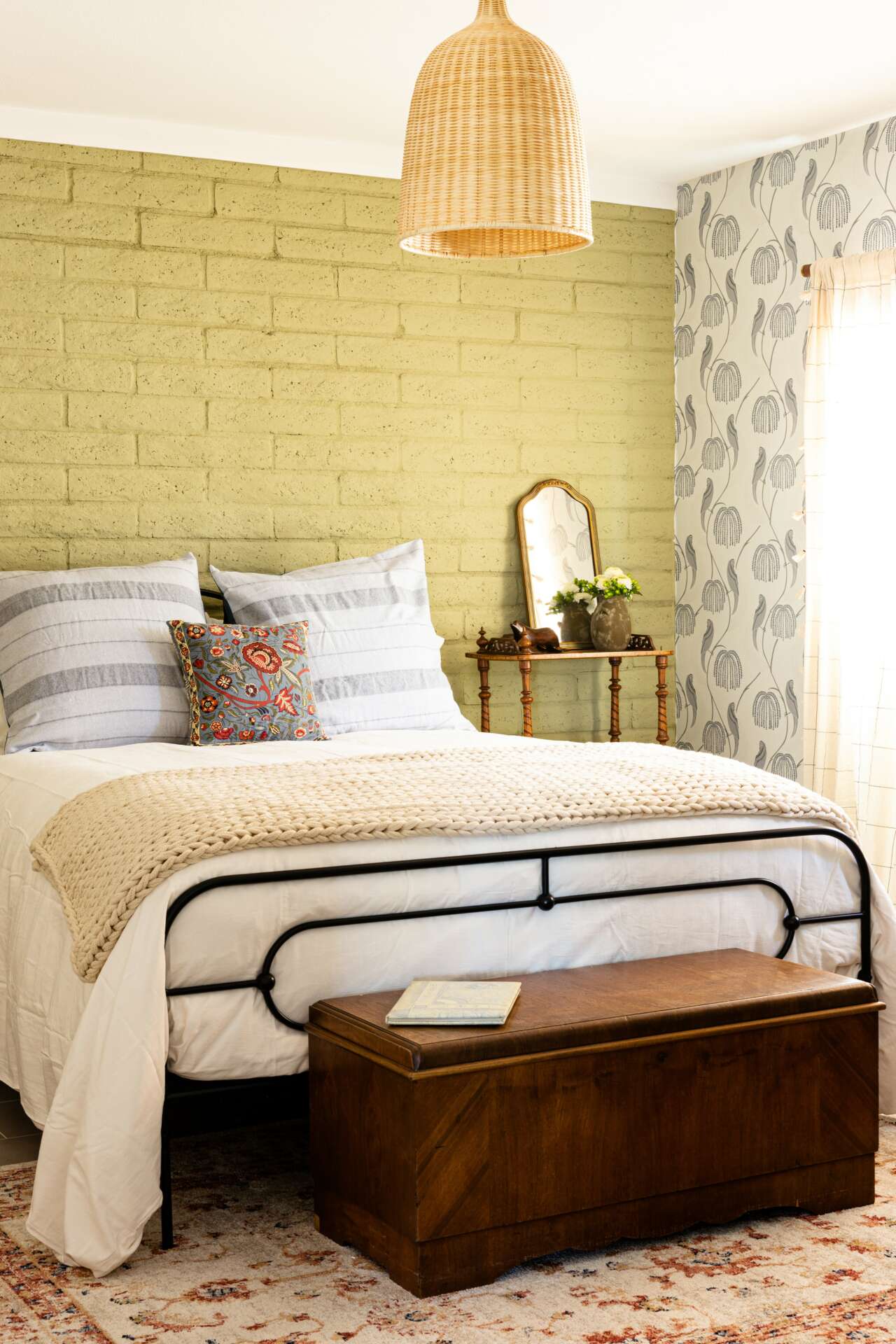
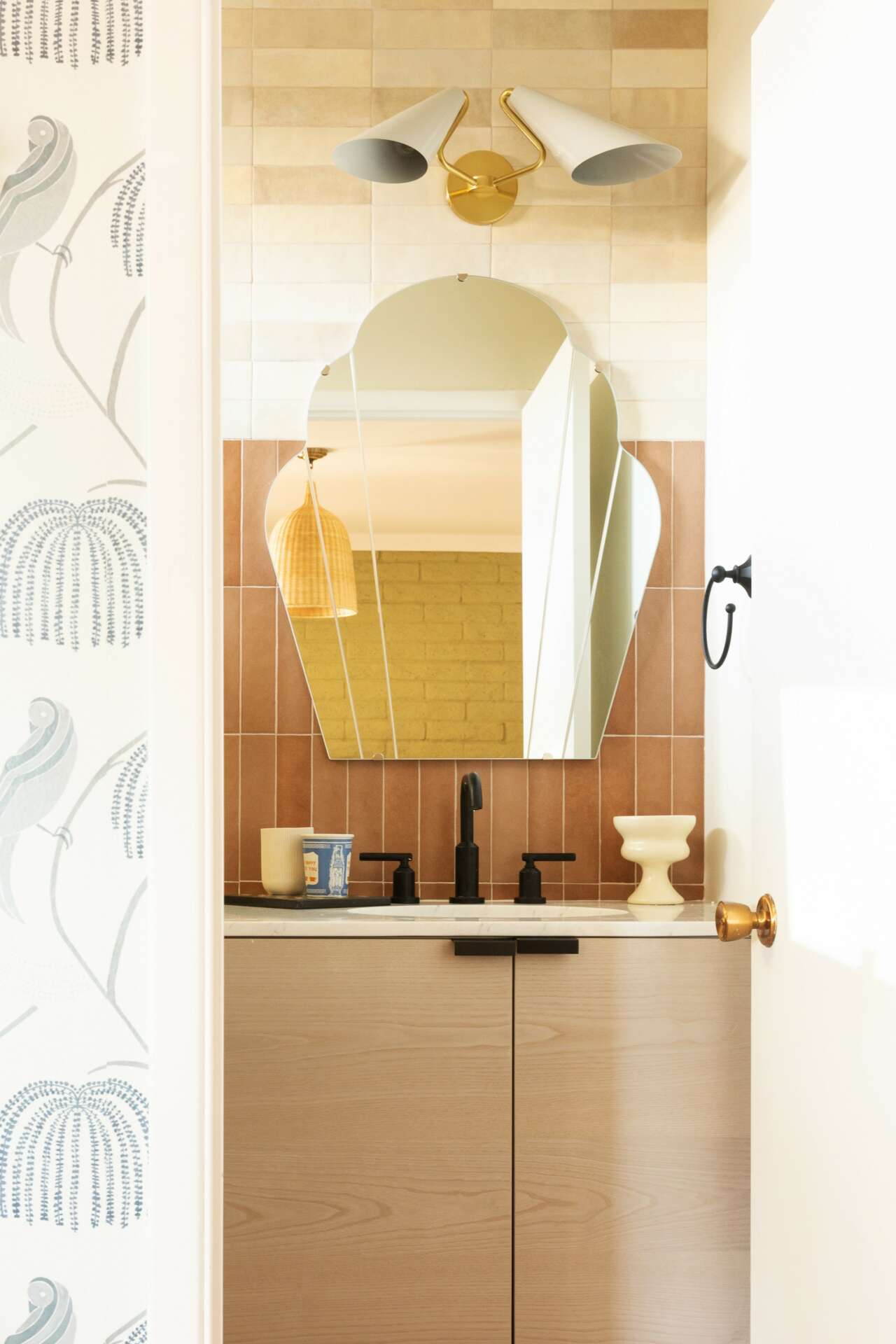
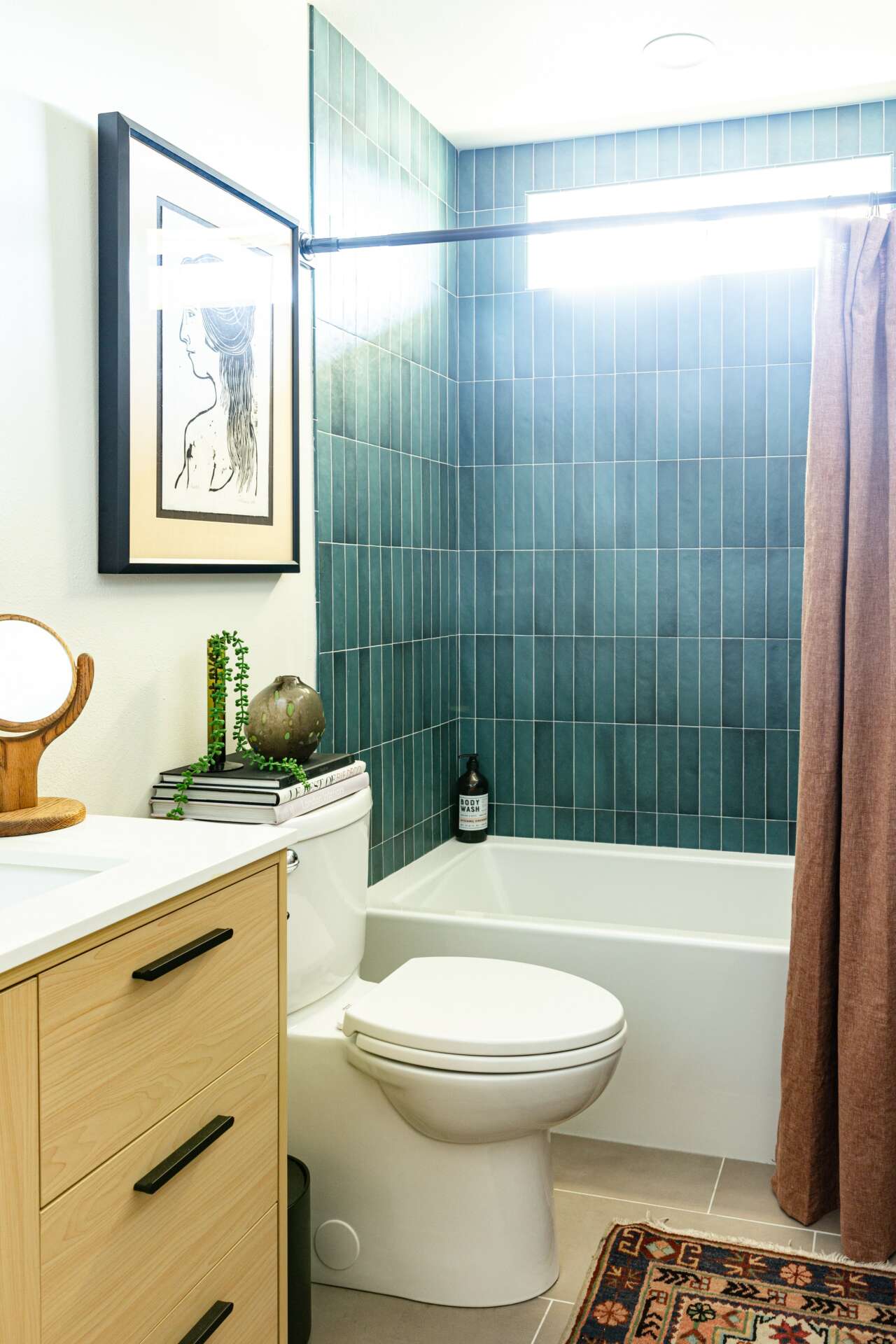
What’s worked well for you in terms of a source for new clients?
After building out my portfolio for a couple of years and doing discounted jobs for family and friends, I met with my friend who owns her own marketing company to talk about how to move away from doing that kind of work. Her response reorientated my thinking about building clientele in a big way. I had done large projects for clients who I viewed as more legitimate because they weren’t generated from a current personal relationship. This false belief led me to believe the next step to becoming a proper business was eliminating that contingent of nearest and dearest referrals and converting cold leads to clients.
This, of course, was wrong! My friend explained to me the time suck that is gaining the trust required to convert a lead into a client. I had already experienced this firsthand. Winning over a client’s acceptance of your creative vision is significantly easier when you already have an ongoing personal relationship. To the same end gaining client trust and approval to the extent that they are willing to make a large financial investment in the scope of a home renovation is far more likely in a friend than a random lead.
At the beginning of building a creative business, I cannot underestimate the value of those friends and family who have allowed me to collaborate and even spearhead their interior design projects. I will continue to value those relationships highly and show them the love they deserve.
Contact Info:
- Website: https://morganandhatchdesign.com/
- Instagram: @morganandhatchdesign
- Facebook: https://www.facebook.com/MorganandHatchDesign
- Linkedin: linkedin.com/in/morgan-hatch-561641270
Image Credits
Tiffany Tebbs: Photographer


